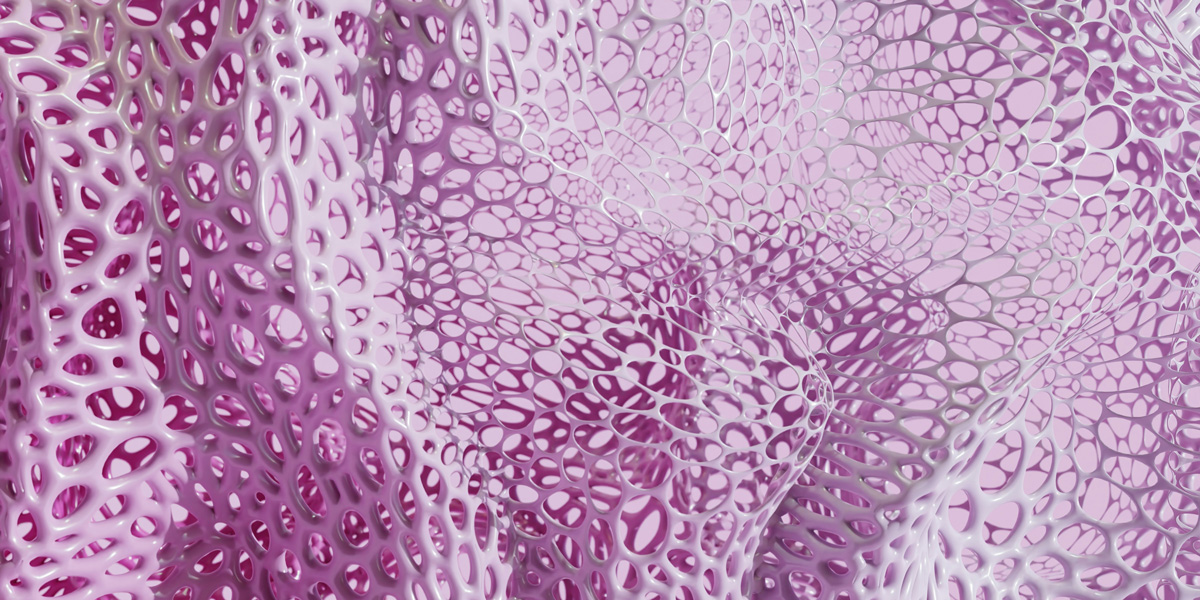Top-Reimbursing Skin Graft Biologics for Outpatient Advanced Wound Care Providers
In the world of advanced wound care, treatments have dramatically evolved over the last few decades, leading to innovative solutions for patients with non-healing wounds. One of the front-runners in this evolution has been skin graft biologics. Not only do these biologics offer promising results in terms of wound healing, but they also come with attractive reimbursement rates for outpatient providers. Let’s delve into some of the top reimbursing skin graft biologics for outpatient advanced wound care.
1. Apligraf:
A bilayered living cell construct, Apligraf, has gained prominence in treating both venous leg ulcers and diabetic foot ulcers. It’s unique in that it mimics both the epidermal and dermal layers of the skin. Thanks to its efficacy and the consequent reduction in long-term wound care costs, Apligraf has emerged as a preferred option with attractive reimbursement rates.
2. Dermagraft:
Primarily used in the treatment of diabetic foot ulcers, Dermagraft is a cryopreserved human fibroblast-derived dermal substitute. Its structure promotes healing by releasing growth factors, cytokines, and collagen. Due to its effectiveness in wound closure and reduction in overall care costs, Dermagraft has carved a niche for itself in the reimbursement landscape.
3. Oasis Wound Matrix:
Derived from porcine small intestinal submucosa, Oasis is designed to serve as a scaffold to support the body’s tissue repair mechanism. Its simplicity, combined with efficacy, has made it a sought-after choice in outpatient wound care settings. The reimbursement model for Oasis reflects its place as a premium product in wound care.
4. Integra Dermal Regeneration Template:
This is an innovative solution that not only acts as a temporary dermal replacement but also aids in the regeneration of dermal tissue. It has found its use in burns and trauma wounds. Given its two-fold benefits and overall impact on patient recovery, reimbursements for Integra are quite favorable.
5. Grafix:
A cryopreserved placental membrane, Grafix comes packed with growth factors, cytokines, and collagen, making it a potent solution for chronic wound environments. Its ability to modulate inflammation, reduce scar tissue formation, and enhance healing has led to its recognition in the reimbursement sphere.
6. Impax:
A next-generation graft substitute, Impax is known for its biomimetic structure, closely mimicking the human dermis. Designed to provide an optimal environment for tissue regeneration, it boasts a high porosity, facilitating effective nutrient and waste exchange.
7. Innovamatrix:
Capitalizing on the wound-healing properties of collagen, Innovamatrix stands out with its pure collagen matrix. Its design maintains a moist wound environment, pivotal for the healing process, making it a versatile option for various wound types.
The Road Ahead for Advanced Wound Care Providers:
While the aforementioned biologics are among the top-reimbursing, the landscape of outpatient advanced wound care is ever-evolving. It is crucial for providers to remain updated on the latest products, their efficacy, and corresponding reimbursement models.
Furthermore, while reimbursement is an essential aspect of the decision-making process, providers should ensure that patient care remains paramount. The choice of biologic should ideally be a balance between clinical outcomes and financial considerations.
Lastly, partnering with knowledgeable billing and coding professionals who understand the nuances of skin graft biologic reimbursements can ensure that providers maximize revenue while staying compliant.
In the dynamic domain of wound care, while innovation continues to redefine possibilities, keeping abreast of top-reimbursing biologics ensures that providers are not just clinically updated but also fiscally optimized.
